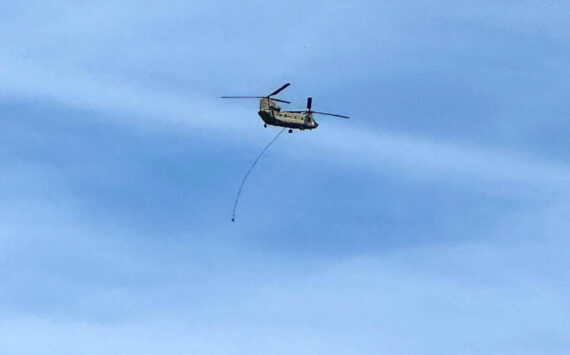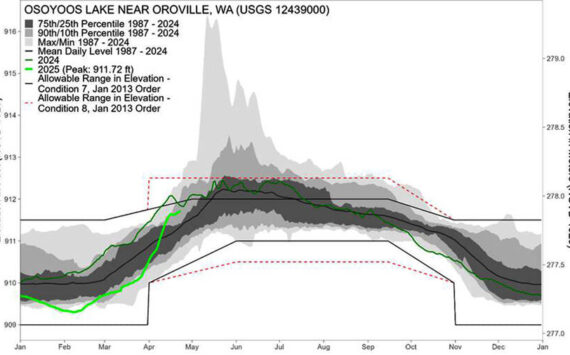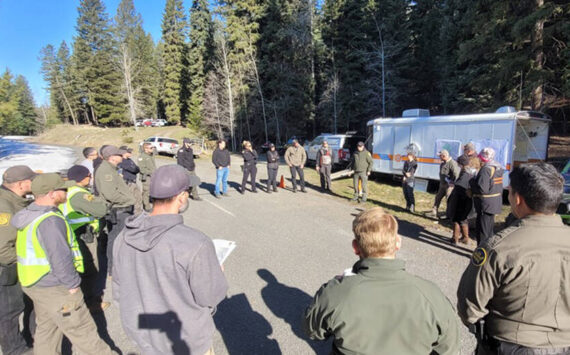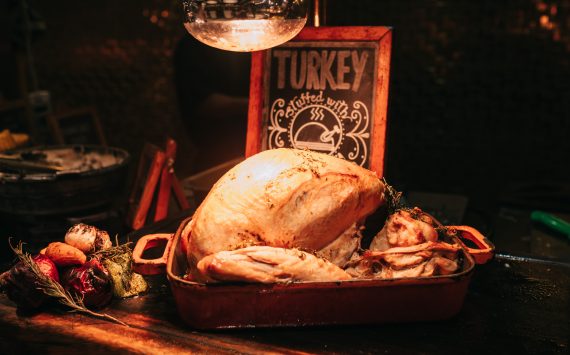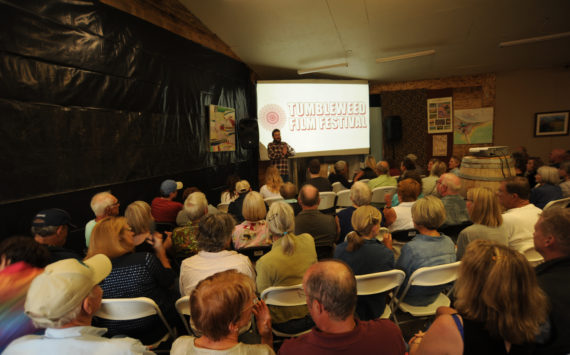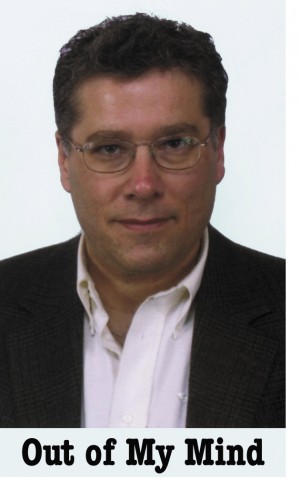 The new Oroville Station of the U.S. Border Patrol is impressive, to say the least – a huge new building with offices for supervisors, computer work stations for the agents, holding cells, a massive garage for vehicles and equipment, cafeteria, weight room, armory with weapons and night vision, sally port, corrals for horses and mules, kennels for K-9s, a helipad and even a 200′ by 80′ arena for training wild mustangs and other horses for service. I’m sure I’m leaving something out, but we got quite a tour during last Saturday’s Open House. I’d show you in photos, but those on the tour weren’t allowed to take photographs and the photos that we got from the Border Patrol were just a little late for this week’s newspaper, so we’ll get some in next week.
The new Oroville Station of the U.S. Border Patrol is impressive, to say the least – a huge new building with offices for supervisors, computer work stations for the agents, holding cells, a massive garage for vehicles and equipment, cafeteria, weight room, armory with weapons and night vision, sally port, corrals for horses and mules, kennels for K-9s, a helipad and even a 200′ by 80′ arena for training wild mustangs and other horses for service. I’m sure I’m leaving something out, but we got quite a tour during last Saturday’s Open House. I’d show you in photos, but those on the tour weren’t allowed to take photographs and the photos that we got from the Border Patrol were just a little late for this week’s newspaper, so we’ll get some in next week.
Go back 50 years ago and you wouldn’t believe how things have changed at the Oroville Station of the U.S. Border Patrol, even just 25 years ago. It’s hard to believe that when I was a kid, the Hart Agency, the little building where you get your license tabs renewed, on the corner of Main and 12th, was where the entire Border Patrol in Oroville was housed. Then they moved across the street to the brick building, which underwent it’s own expansion not that long ago. However, I think you could put a dozen of that building in the footprint of the new station.
Homeland Security, the department that the Border Patrol now falls under, is certainly a growth industry, especially in Oroville, growing from one or two agents in the early days to four or five, to now approximately 30. They didn’t give us a firm number, but said around 30 with maybe around 300 in the whole Spokane Sector. That’s pretty big for Oroville, but 300l, the whole sector’s worth, is only the size of a small to mid-size station on the southern border, however. The Spokane Sector of the USBP, is the second in the nation after the first was organized in 1928 in Loredo, Texas, according to Gerardo Regalado, Special Operations Supervisor out of Spokane.
While undocumented immigrants and drugs were the biggest threat to our nation’s borders then, today the U.S.B.P.’s mission has more to do with the fight against terrorism. Of course immigrants and drugs are still part of what they do, that too has changed over my lifetime. While it seemed in the 1970s and 1980s the Border Patrol took a more active part in going after undocumented workers in the orchards, that just doesn’t seem to happen anymore. And now, while drugs definitely head north into Canada, there have been more coming down than in the past, according to Kolo Moser, Agent in Charge, at Oroville. It wasn’t that long ago BC Bud seemed to be the biggest illegal import into the country. Now, with a relaxation of the pot laws in Washington and an increase in hydroponic growing, the flow of BC Bud has slowed considerably. However, precursors to make things like MDMA and Methamphetamine come south, while cocaine and hard to get handguns go north. Also, much of the traffic has moved east toward the central part of Canada to serve the oil fields, according to the agents.
They say in 2010 this area was the largest area for methamphetamine. That has decreased greatly as the drug smugglers moved east.
With all the latest in helicopters, four-wheel drive vehicles, ATVs and boats, one thing hasn’t changed, according to the agents – when it comes to areas like the Pasaytan, agents fall back on the tools they have always used – patrolling on their feet and horseback.
